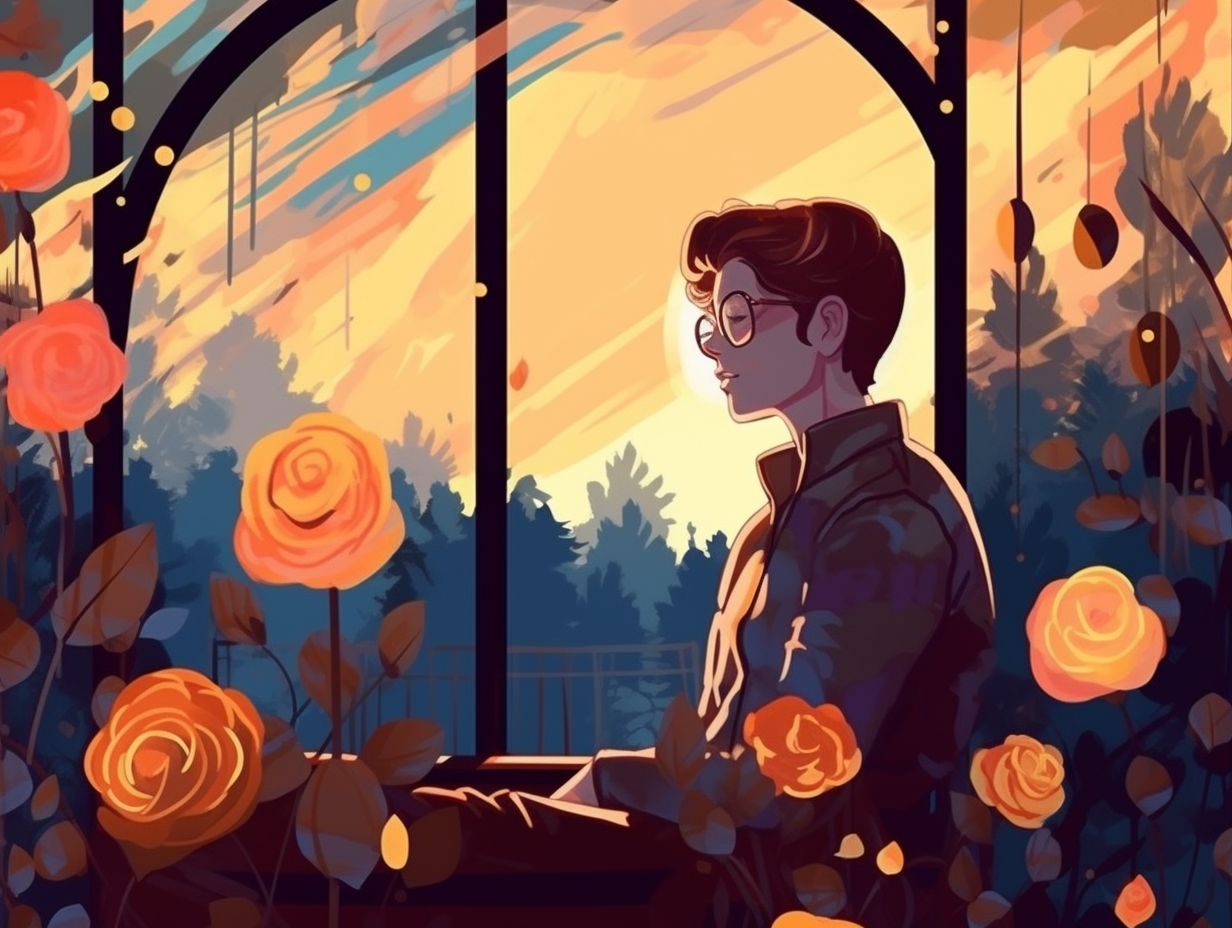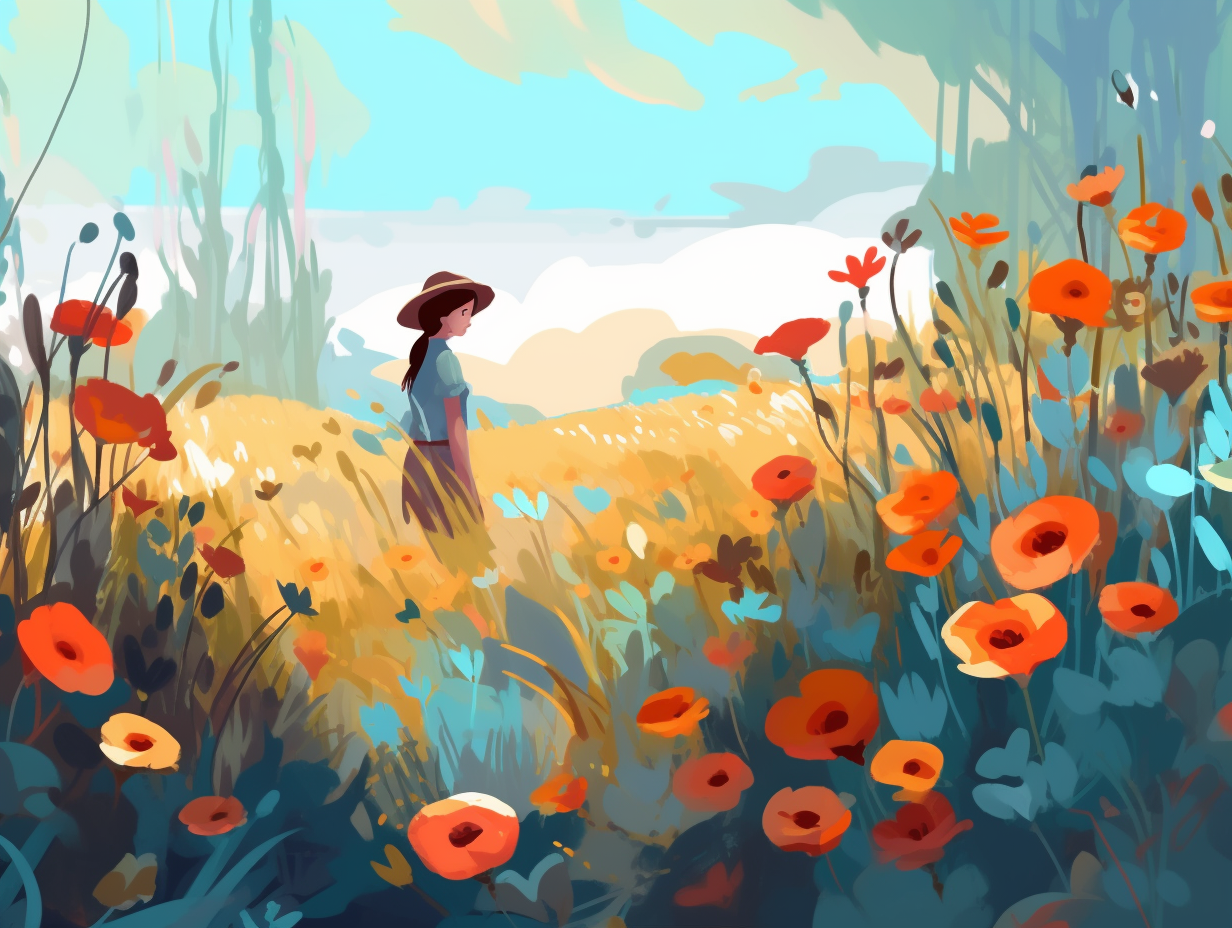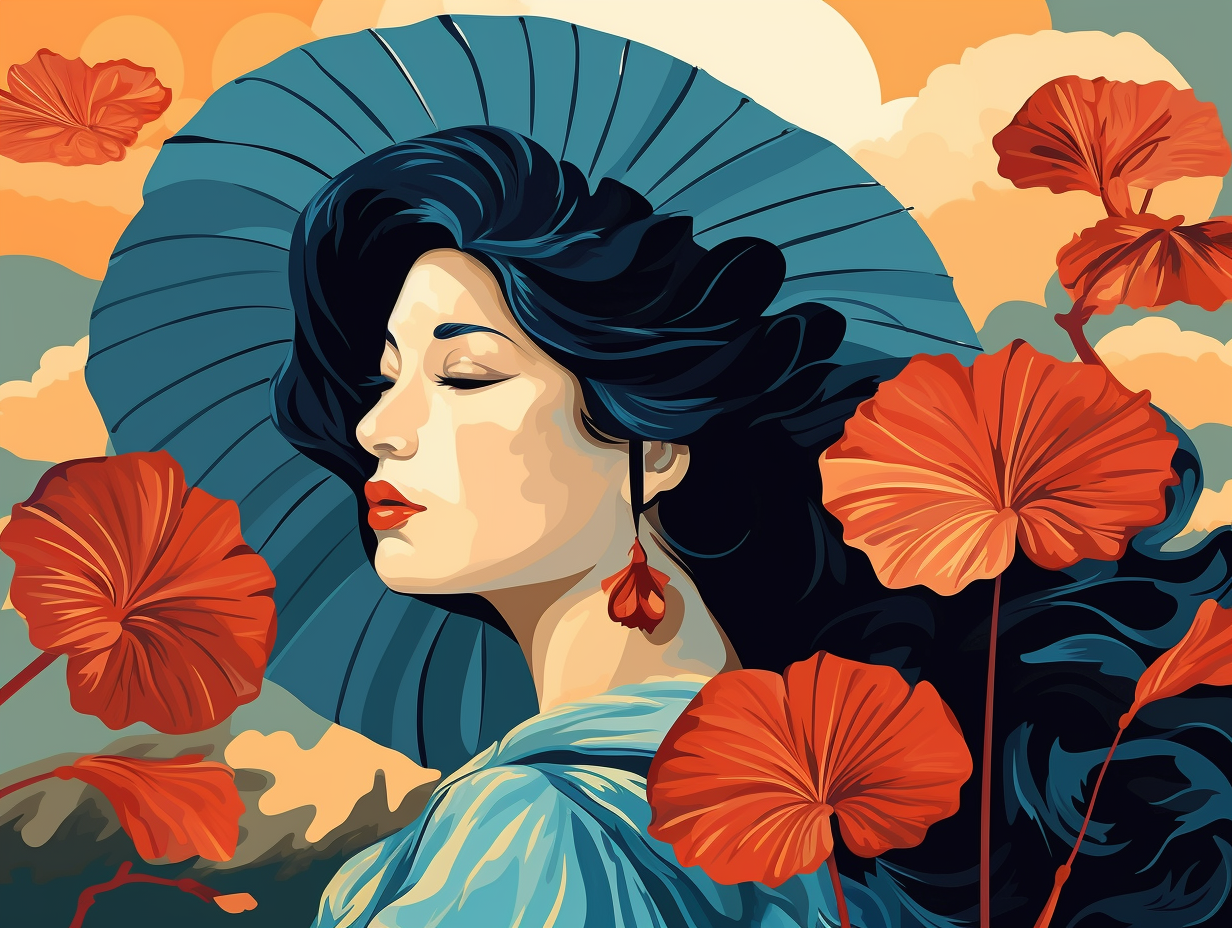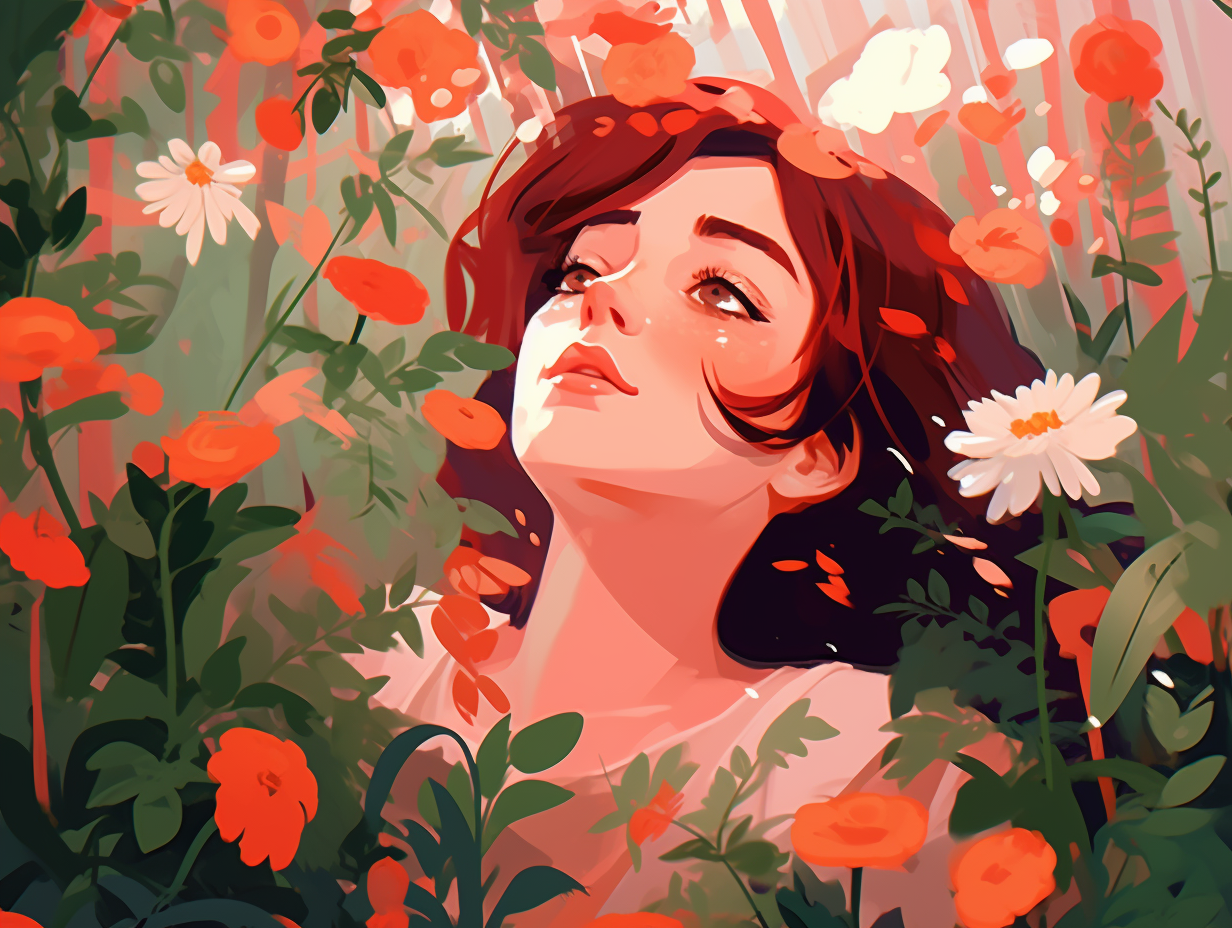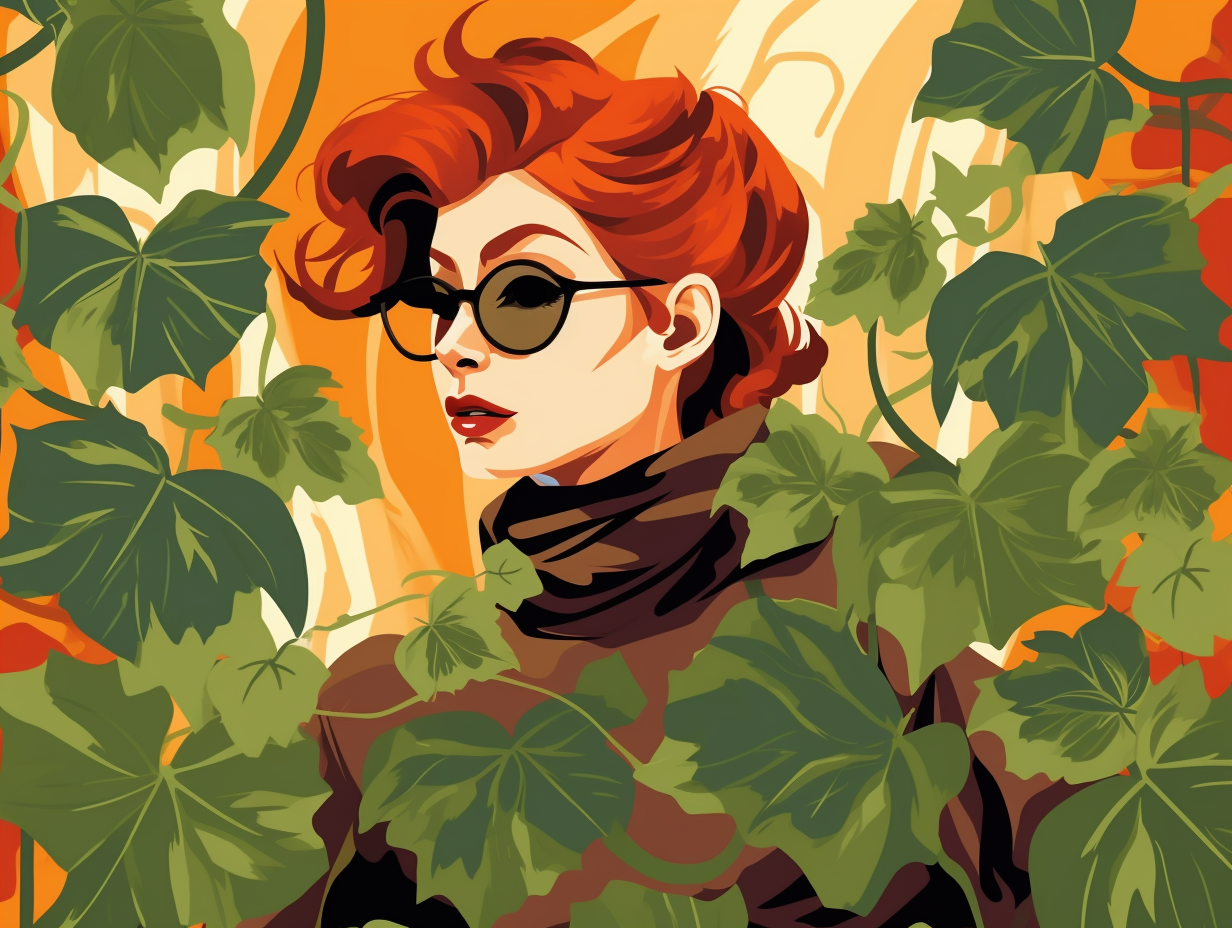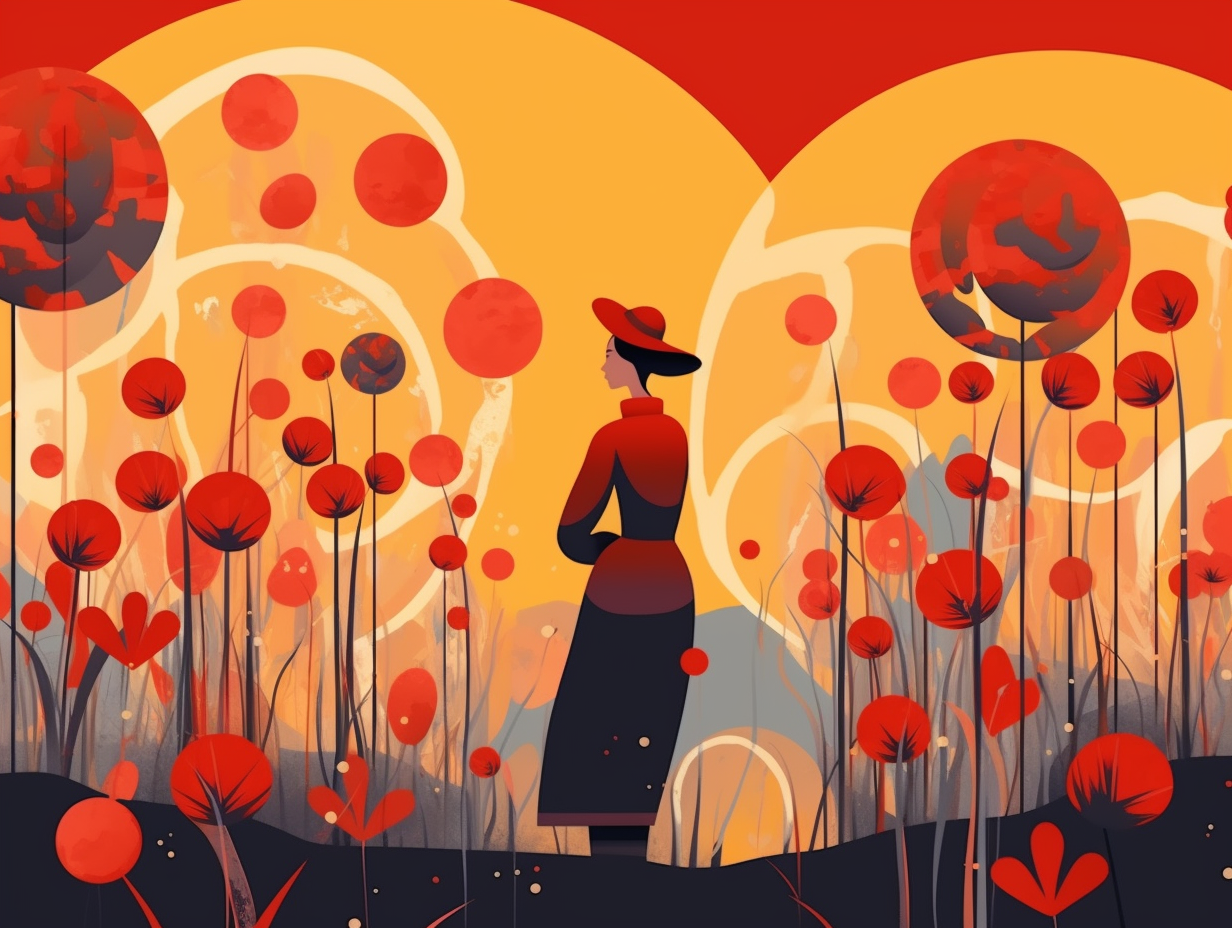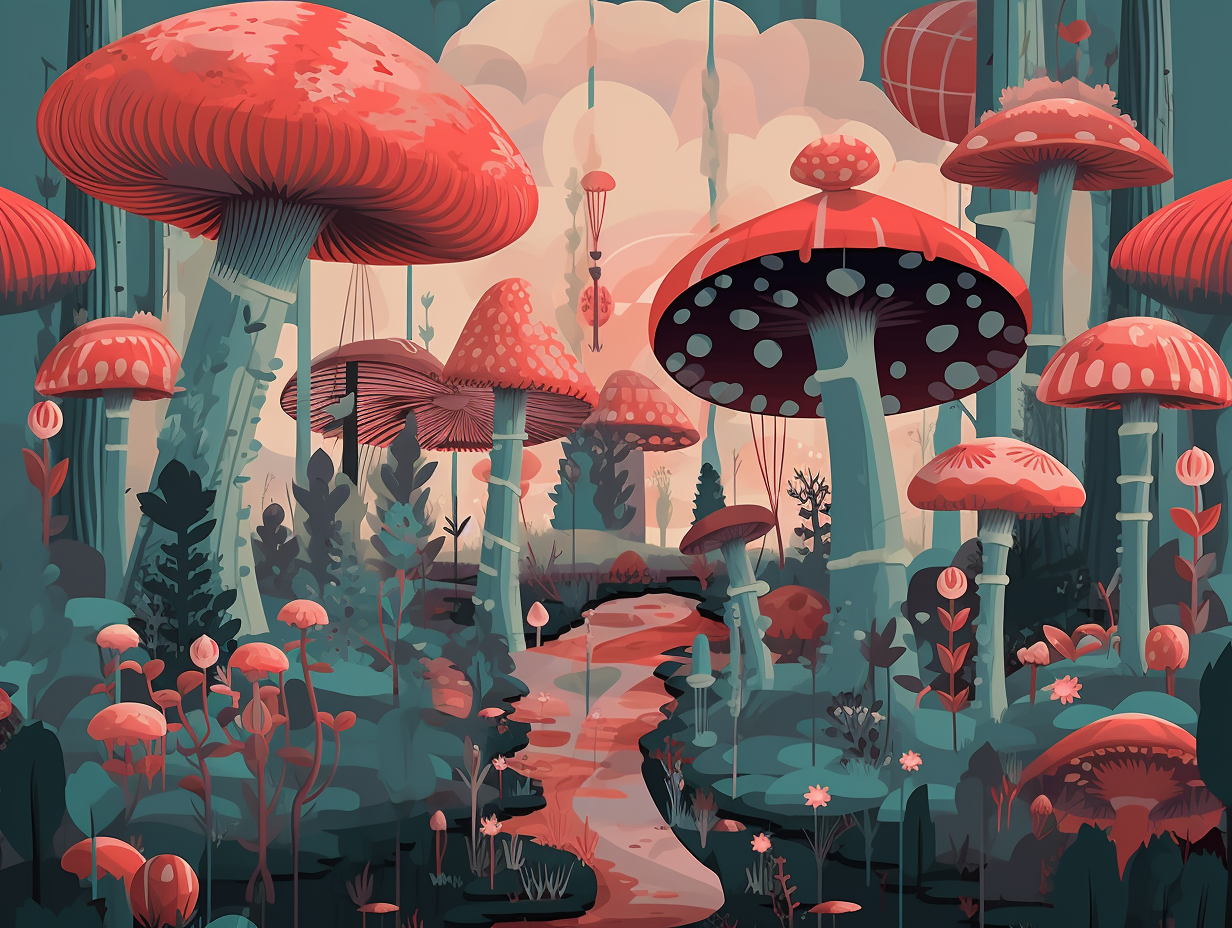Unveiling the Petal Secrets: Top 12 Fun Facts About Hydrangeas You Never Knew
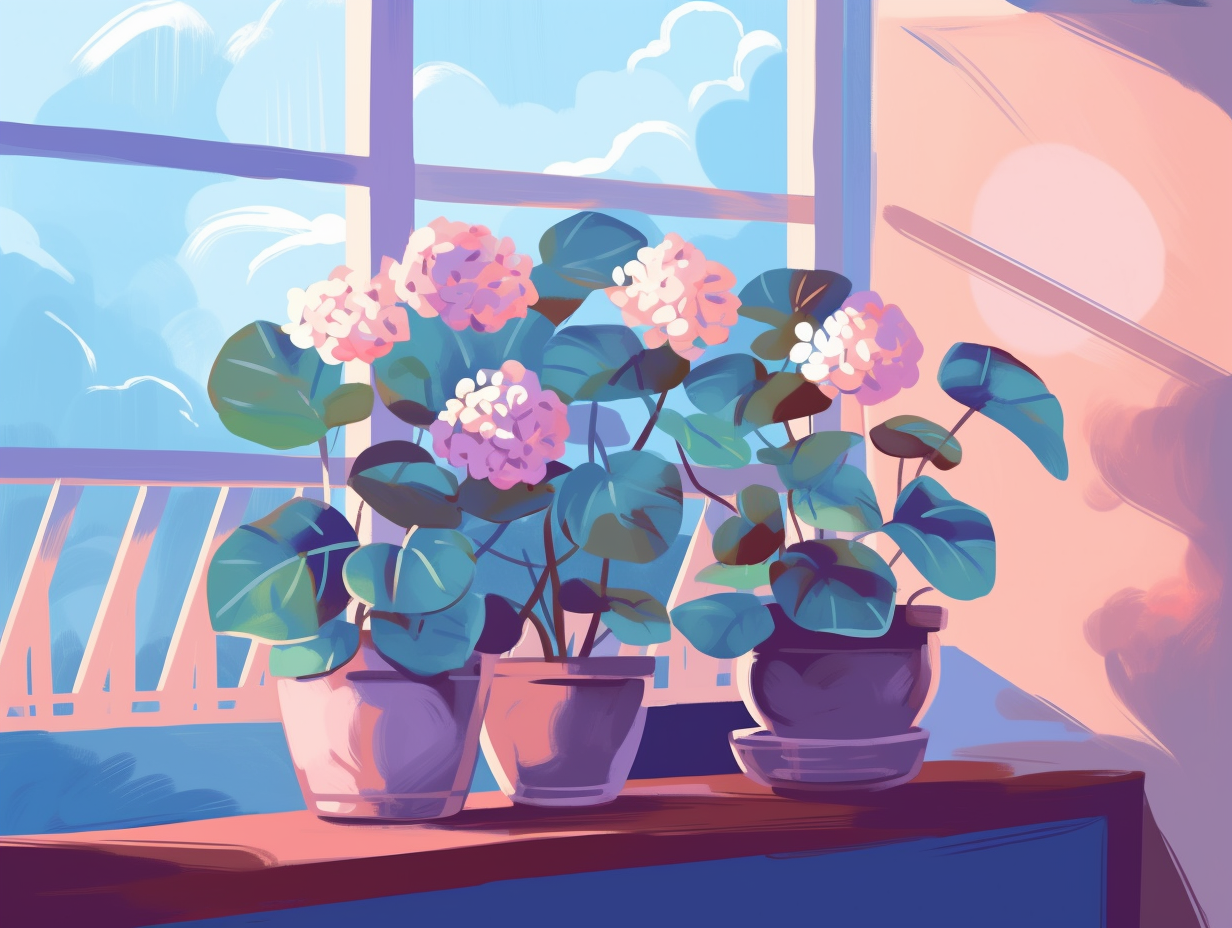
1. Hydrangea's pH Mood Ring
Chuckling hydrangeas, in their quest for identity, have stumbled upon nature's mood ring: the mystical art of soil therapy! With a little pH hocus pocus, these blossoming chameleons can dazzle us with diverse hues: From the Nikko Blue hydrangea boasting blue in acidic soil to blushing pink in alkaline soil, to the Blue Deckle hydrangea charming us with light blue in acidity and pale lavender whispers in less acidic environments – they're the Flower Avengers of pH playground!
Source => thespruce.com
2. Beauty Sleep for Drying
You know what they say about hydrangeas, they're real late bloomers when it comes to beauty sleep! It turns out there's some truth behind that charmingly floral zinger: the best time to pick hydrangeas for drying is actually when their summer glory starts to fade a bit in late August or early September, ensuring perfectly preserved petals that refuse to wilt or turn brown.
Source => decorhint.com
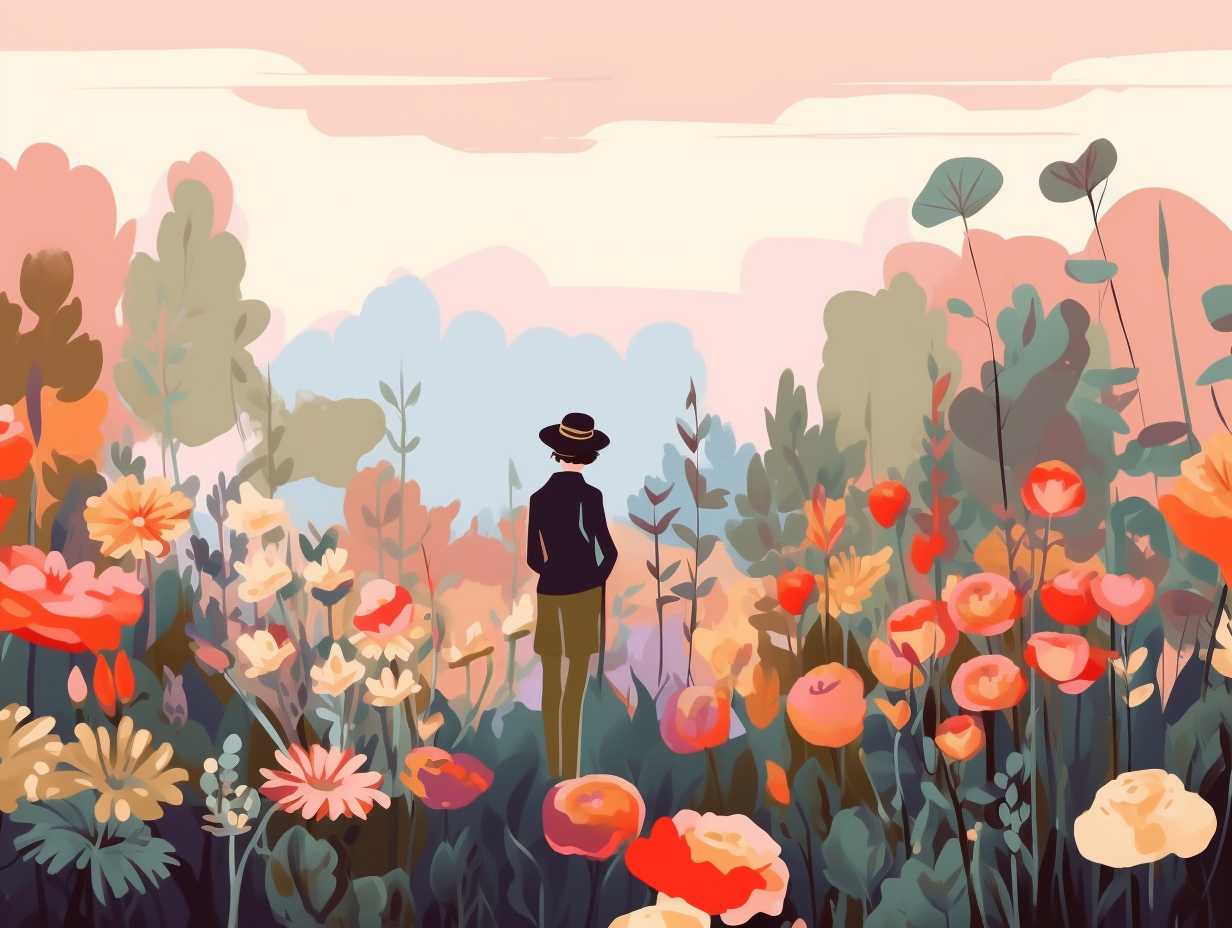
Discover the jungle's gigantic, smelly superstar: the titan arum, or corpse flower, boasting a staggering 6 to 8 feet in height, a bloom diameter close to 3 feet, and gigantic leaves! 🌺💀🌿
=> Fun Facts about Flowers
3. Outdoor Hydrangea Acting
Well, well, well, if it isn't hydrangeas – the plant version of a jack-of-all-trades actor, perfectly blending into any garden scene whether in rain or shine: Outdoor-grown hydrangeas are available year-round, but sometimes their wooden stem ends act like grumpy coworkers, causing the flowers to wilt, so snipping off the wilted parts keeps the show going on.
Source => chrysalflowerfood.com
4. Shadows and Sunbathing Dash
Chasing shadows and sunbathing in style: panicle hydrangeas boast a reputation for loving the spotlight, easily enduring full sun exposure like a diva at a rooftop pool party. But fear not, shady garden-dwellers, for they also flourish in partial shade! These multitasking beauties can transform into hedges or small trees, featuring show-stopping 12-15 inch blooms that start off dressed in pearly white before blushing into a flattering pink hue.
Source => espoma.com

5. Hydrangea's Prom Dress Colors
When hydrangeas take the pH test, they're not studying for chemistry class, they're picking their prom dress colors: Depending on the acidity of the soil they're grown in, hydrangea flowers can sport a fabulous red or pink hue in alkaline conditions, or go full-on blue in acidic soils. And white? White hydrangeas are the rebels, not letting soil pH dictate their wardrobe, but occasionally adding a splash of red or blue to the center just for fun.
Source => norfolkbotanicalgarden.org
6. Extremely pHlexible Dating Profile
If hydrangeas had a dating profile, they'd probably say they're "extremely pHlexible": The color of hydrangea flowers changes from blue to pink based on the acidity level of the soil they grow in.
Source => hellorelish.com
7. Botanical James Bond Rhizomes
Hydrangeas: undercover search and rescue agents of the plant world, sneaking their rhizomes past the drip line in pursuit of nutrients and moisture like a botanical James Bond: These resourceful plants can grow new hydrangeas from clumped rhizomes, multiplying their secret agent force, provided they operate in damp topsoil – but never soggy – to prevent weak roots from compromising the mission.
Source => homeguides.sfgate.com
8. Chameleon Wardrobe of Hydrangeas
When hydrangeas play dress-up, they wear a versatile wardrobe that would make a chameleon jealous: Sporting hues of white, blue, red, and purple, these fashion-forward plants certainly know how to turn heads! These colorful spectacles can be attributed to the pH levels of the soil and the aluminum content, and their origin spans across multiple continents, with roots in parts of North and South America as well as Asia.
Source => homework.study.com
9. Mullet Plant Transformation
Hydrangeas are the mullets of the plant world - they're all party in the summer with their gorgeous white blossoms, but come autumn, they transform into shy, blushing beauties: Oakleaf hydrangeas are prized not just for their summer flowers, but for their foliage, as their leaves change into stunning shades of red, orange, and burgundy during fall, offering year-round splendor to any landscape.
Source => thespruce.com
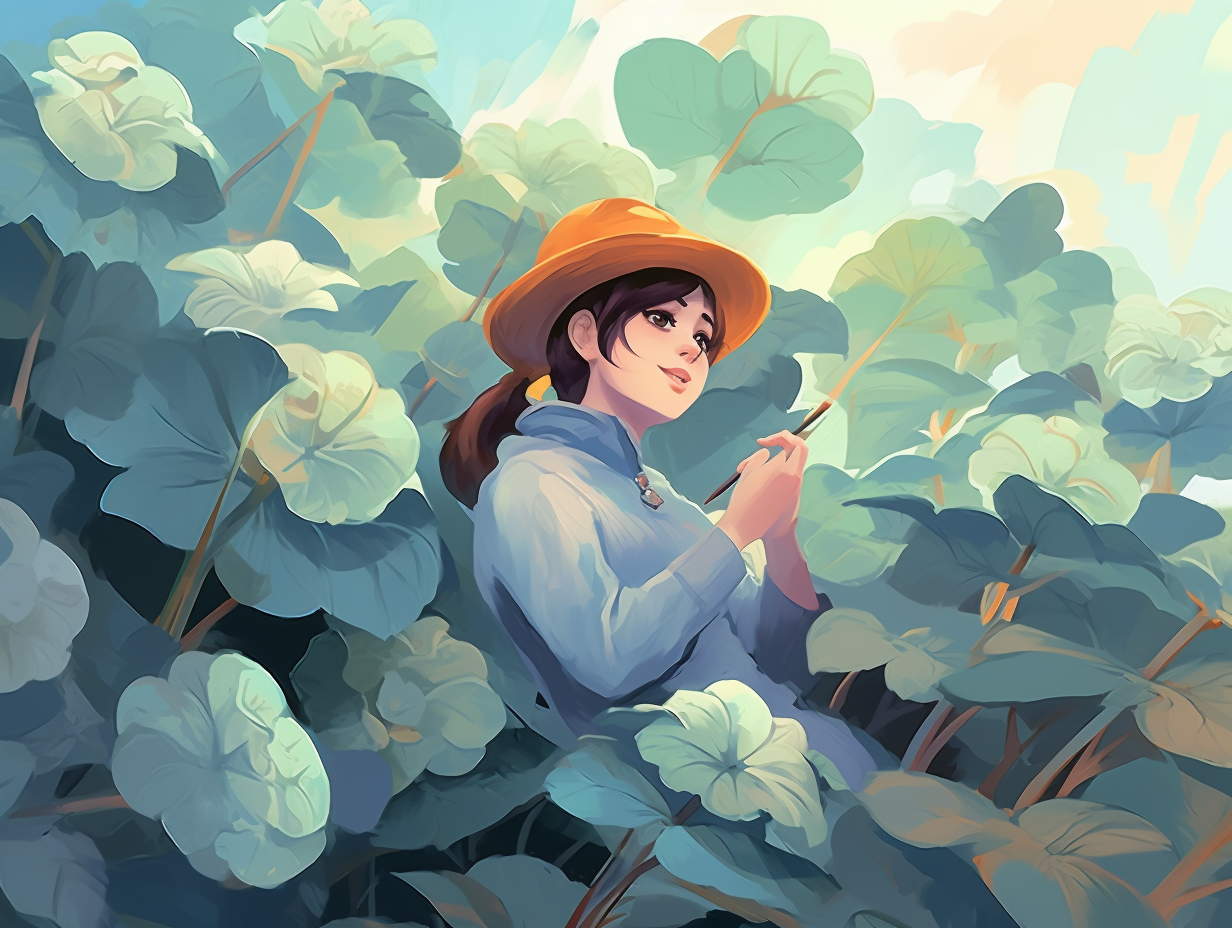
10. Mother Nature's Mood Ring
Hydrangeas: the mood ring of Mother Nature's jewelry box! These floral chameleons switch their hue based on the ph-level of the soil they call home: acidic soils give them a blue or lavender flare, while alkaline soils pretty them up in pink or red blushes.
Source => cactusandtropicals.com
11. Two-Part Harmony Blooms
Hydrangeas: the barbershop quartet of the flower world, belting out blossoms in two-part harmony! In a dual performance, some varieties can produce show-stopping blooms on both old and new wood: specifically, Hydrangea paniculata and Hydrangea aborescens can be pruned more assertively, yet return with stunning encores the next season, all thanks to their flowering prowess on new growth.
Source => homesandgardens.com
12. Vintage Oakleaf Hydrangea Vibes
For all the hydrangea hipsters seeking a vintage vibe: meet the oakleaf hydrangea, the southeastern U.S.'s native answer to the flower child phenomenon. The oakleaf hydrangea stands out with its elongated, cone-shaped clusters of flowers and foliage that makes it look like it attended Woodstock in 1969: this botanical wonder not only boasts floral fireworks, but also offers a psychedelic show of red and purple during autumn, ensuring it keeps grooving throughout the year.
Source => piedmontmastergardeners.org
Related Fun Facts

